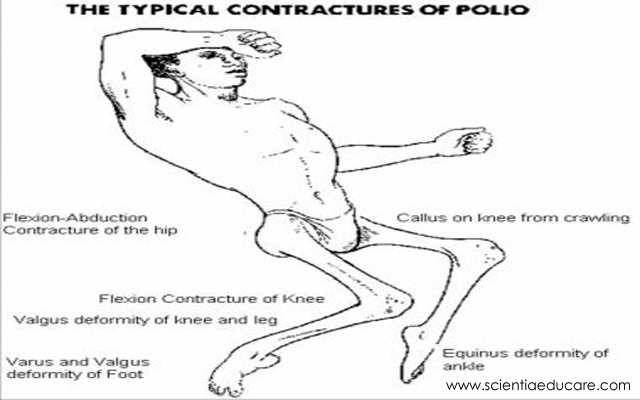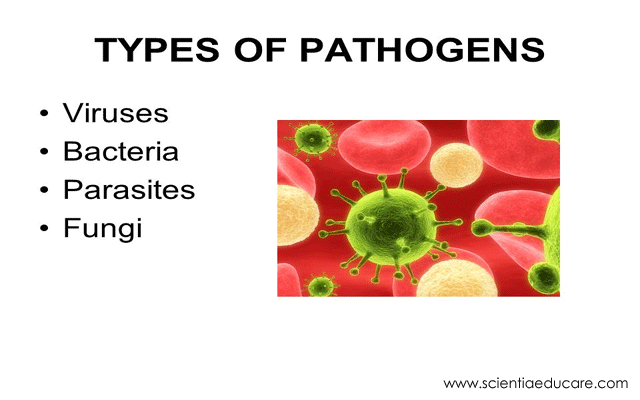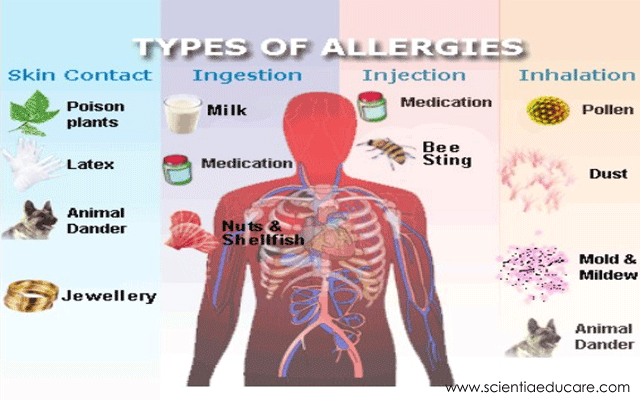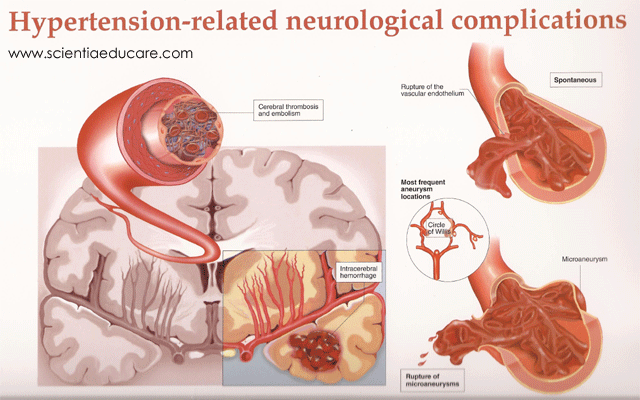
Poliomylitis
Polio (also known as poliomyelitis) is a highly contagious disease caused by a virus that attacks the nervous system. Children younger than 5 years old are more likely to contract the virus than any other group.
According to the World Health Organization (WHO), 1 in 200 polio infections will result in permanent paralysis. However, thanks to the global polio eradication initiative in 1988, the following regions are now certified polio-free:
Americas
Europe
Western Pacific
Southeast Asia
The polio vaccine was developed in 1953 and made available in 1957. Since then cases of polio have dropped in United States.
Acute poliomyelitis is a disease of the anterior horn motor neurons of the spinal cord and brain stem caused by poliovirus. Flaccid asymmetric weakness and muscle atrophy are the hallmarks of its clinical manifestations, due to loss of motor neurons and denervation of their associated skeletal muscles. Because of the success of poliovirus vaccine, poliomyelitis, once one of the most feared human infectious diseases, is now almost entirely preventable by proper immunization (see image below).
Polio is transmitted through contaminated water or food, or contact with an infected person.
Many people who are infected with the poliovirus don’t become sick and have no symptoms. However, those who do become ill develop paralysis, which can sometimes be fatal.
Treatment includes bed rest, pain relievers and portable ventilators.
What are the symptoms of polio?
Symptoms
It’s estimated that 95 to 99 percent of people who contract poliovirus are asymptomatic. This is known as subclinical polio. Even without symptoms, people infected with poliovirus can still spread the virus and cause infection in others.
Non-paralytic polio
Signs and symptoms of non-paralytic polio can last from one to 10 days. These signs and symptoms can be flu-like and can include:
fever
sore throat
headache
vomiting
fatigue
meningitis
Non-paralytic polio is also known as abortive polio.
Paralytic polio
About 1 percent of polio cases can develop into paralytic polio. Paralytic polio leads to paralysis in the spinal cord (spinal polio), brainstem (bulbar polio), or both (bulbospinal polio).
Initial symptoms are similar to non-paralytic polio. But after a week, more severe symptoms will appear. These symptoms include:
loss of reflexes
severe spasms and muscle pain
loose and floppy limbs, sometimes on just one side of the body
sudden paralysis, temporary or permanent
deformed limbs, especially the hips, ankles, and feet
It’s rare for full paralysis to develop. Less than 1 percent of all polio cases will result in permanent paralysis. In 5–10 percent of the polio paralysis cases, the virus will attack the muscles that help you breathe and cause death.
Post-polio syndrome
It’s possible for polio to return even after you’ve recovered. This can occur after 15 to 40 years. Common symptoms of post-polio syndrome (PPS) are:
continuing muscle and joint weakness
muscle pain that gets worse
becoming easily exhausted or fatigued
muscle wasting, also called muscle atrophy
trouble breathing and swallowing
sleep apnea, or sleep-related breathing problems
low tolerance of cold temperatures
new onset of weakness in previously uninvolved muscles
depression
trouble with concentration and memory
Talk to your doctor if you’ve had polio and are starting to see these symptoms. It’s estimated that 25 to 50 percent of people who survived polio will get PPS. PPS can’t be caught by others having this disorder. Treatment involves management strategies to improve your quality of life and reduce pain or fatigue.
Part 3 of 7
How does the poliovirus infect someone?
Causes
As a highly contagious virus, polio transmits through contact with infected feces. Objects like toys that have come near infected feces can also transmit the virus. Sometimes it can transmit through a sneeze or a cough, as the virus lives in the throat and intestines. This is less common.
People living in areas with limited access to running water or flush toilets often contract polio from drinking water contaminated by infected human waste. According to the Mayo Clinic, the virus is so contagious that anyone living with someone who has the virus can catch it too.
Pregnant women, people with weakened immune systems — such as those who are HIV-positive — and young children are the most susceptible to the poliovirus.
If you have not been vaccinated, you can increase your risk of contracting polio when you:
travel to an area that has had a recent polio outbreak
take care of or live with someone infected with polio
handle a laboratory specimen of the virus
have your tonsils removed
have extreme stress or strenuous activity after exposure to the virus
Part 4 of 7
How do doctors diagnose polio?
Diagnosis
Your doctor will diagnose polio by looking at your symptoms. They’ll perform a physical examination and look for impaired reflexes, back and neck stiffness, or difficulty lifting your head while lying flat.
Labs will also test a sample of your throat, stool, or cerebrospinal fluid for the poliovirus.
Part 5 of 7
How do doctors treat polio?
Treatment
Doctors can only treat the symptoms while the infection runs its course. But since there’s no cure, the best way to treat polio is to prevent it with vaccinations.
The most common supportive treatments include:
bed rest
painkillers
antispasmodic drugs to relax muscles
antibiotics for urinary tract infections
portable ventilators to help with breathing
physical therapy or corrective braces to help with walking
heating pads or warm towels to ease muscle aches and spasms
physical therapy to treat pain in the affected muscles
physical therapy to address breathing and pulmonary problems
pulmonary rehabilitation to increase lung endurance
In advanced cases of leg weakness, you may need a wheelchair or other mobility device.
Part 6 of 7
How to prevent polio
Prevention
The best way to prevent polio is to get the vaccination. Children should get polio shots according to the vaccination schedule presented by the Centers for Disease Control and Prevention (CDC).
CDC vaccination schedule
Age
2 months One dose
4 months One dose
6 to 18 months One dose
4 to 6 years Booster dose
Polio vaccine prices for children
HealthGrove | Graphiq
On rare occasions these shots can cause mild or severe allergic reactions, such as:
breathing problems
high fever
dizziness
hives
swelling of throat
rapid heart rate
Adults in the United States aren’t at high risk for contracting polio. The greatest risk is when traveling to an area where polio is still common. Make sure to get a series of shots before you travel.













